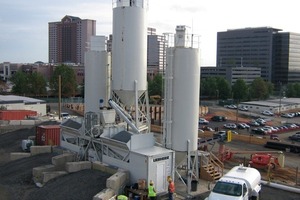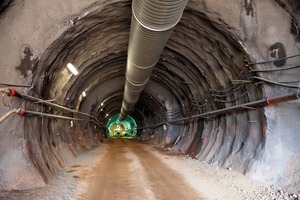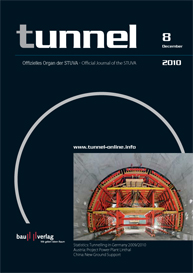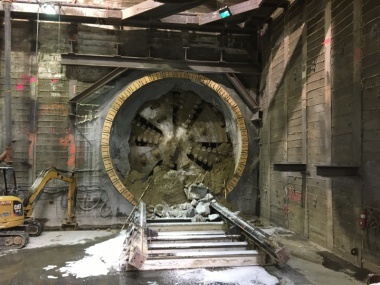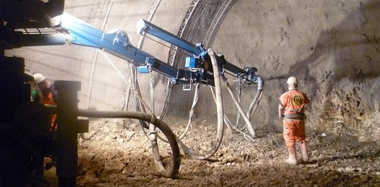Shotcrete for Dulles Metrorail Project in Washington D.C.
A mobile Liebherr-mixing plant type Easymix 1.0 produces shotcrete in a tunnelling section of the “Dulles Corridor Metrorail Project” in Washington D.C., Northern Virginia/USA.
The Dulles Corridor Metrorail project is a 5.25 billion US-dollar project conducted by Metropolitan Washington Airports Authority (MWAA) and meant to extend the existing Metrorail system in Washington D.C. by 23 miles (37 km) and ease the notorious traffic congestion in this area. Construction on Phase 1 of this project, which covers the first 11.7 miles (18.8 km) of the eventual connection, started in March 2009 and...

